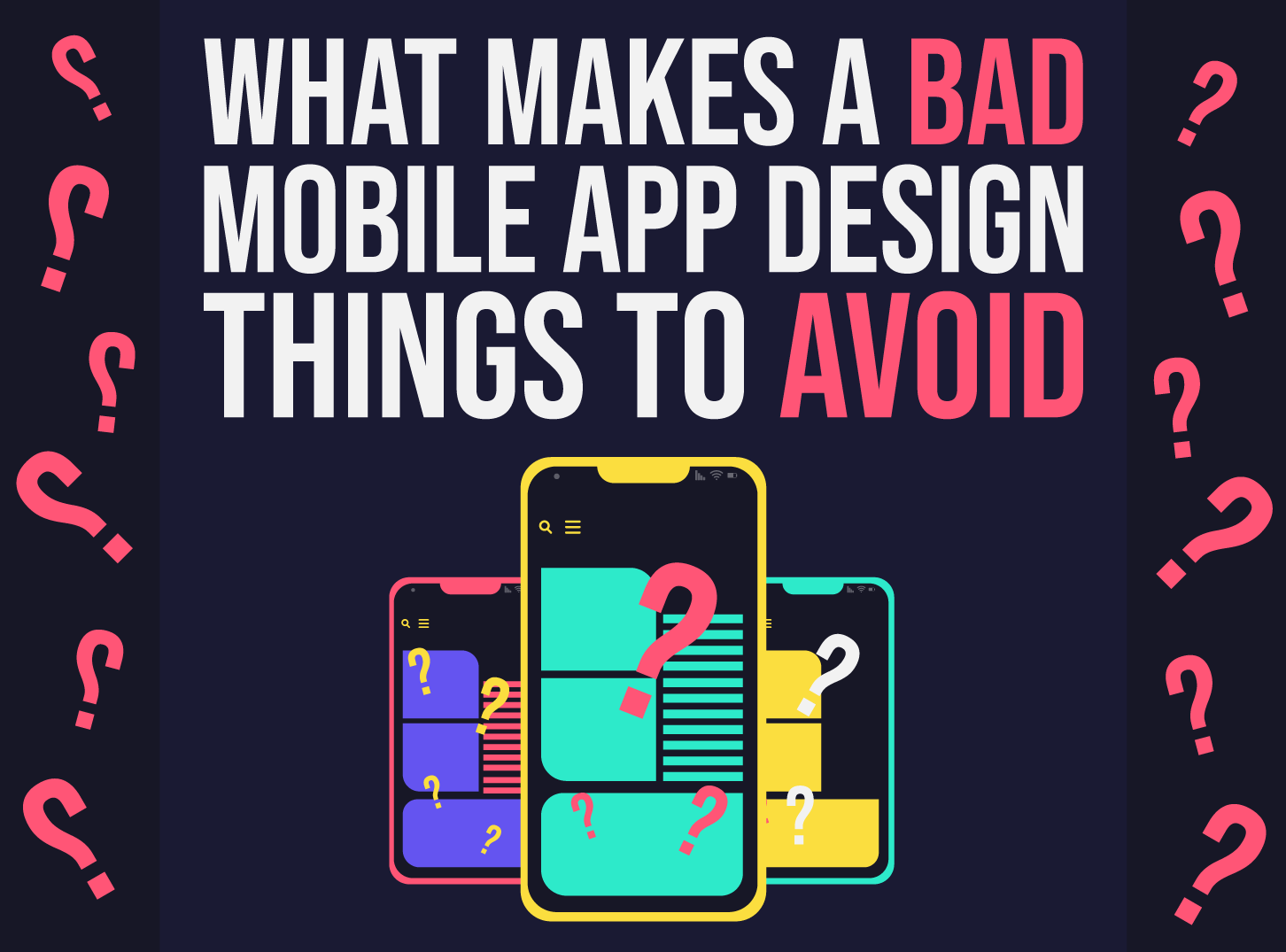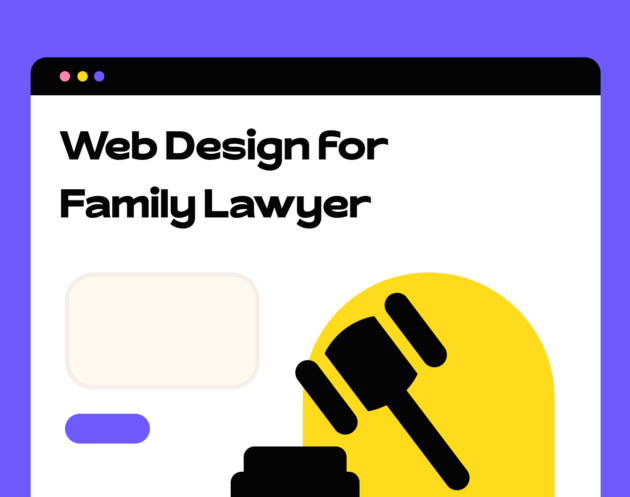The design of the user interface (UI) can differentiate between a very successful mobile application and one that has a bad mobile app design that has no impact – or worse, leaves a very bad impression on the user!
When it comes to creating high-quality applications, all the small details are crucial. If you are just starting your design career, the awareness of these mistakes will prove invaluable.
Common Problems
The real problem here is that users often don’t know exactly what they want. They are not familiar with the concept of good or bad mobile app design.
You would never hear users praise a great app design; however, a bad mobile app design or poor performance would protrude like a sore thumb. We all know that mobile apps are here to stay. So, for the designer and the developer, the goal is to come up with an “inconspicuous design”.
Bad Mobile App Design Elements
Okay, let’s take a look at some of the most common mistakes in mobile application design:
A Poor First Impression
The first look and appeal of an app are key to attracting a potential user. The user creates a perception about the characteristics and operation of the app with his first experience of use. If something seems confusing or annoying, the user may not even try it.
Displaying important information on the first screen is vital, all necessary icons such as login, logout, the home page, help section, contact information, or any other important functions are obliged to have icons on the first screen. Whatever the application, its key functionalities should be available without any complexity.
Neglecting App Development Budget
As soon as the application’s basic functions are outlined, it is the right time to discuss the budget with the development team.
This prevents spending tons of time designing features and UX patterns that need to be reduced because the development team does not have the resources to implement them.
Learning about the average cost of building certain concepts is a valuable addition to design tools because it makes it easier to adapt design thinking to economic constraints.
Budgets should be useful design constraints for working in them, rather than viewed as frustrations.
Overcomplicating App Design
Design elements added to make the composition more visually appealing still need to add value to the user experience (UX). Keep asking during the design process, how much can I remove? Design reductively instead of additively.
Overcomplexity is often the result of unnecessary violations of conventions. Will the application benefit from processing standard symbols and interfaces within the mobile visual and tactile language? The standard icons proved to be universally intuitive.
Therefore, they are often the fastest way to provide visual cues without cluttering the screen.
Designing an App Without Purpose
Avoid entering the design process without clear intentions — Too often, applications are designed and developed to follow trends rather than solve a problem, fill a niche, or offer a variety of services.
For the designers and their team, the purpose of the application will influence every step of the project.
This sensibility will guide every decision, from branding or marketing the application to the wired format to the aesthetics of the button — If the purpose is clear, each part of the application will communicate and function as a coherent whole.
Overstuffing Features and Functions Within the App
Excessive features and functions may indicate a lack of clarity about the purpose of your application — Too much functionality within the app from the very beginning can confuse users and spoil their experience.
If you want to avoid this, focus on top features and functions when designing an application. Still, further, you can continue to improve these features instead of adding new ones.
Missing Out on UX Design Mapping
Be careful not to skip carefully planning the UX application architecture before moving on to the design work — Even before you get to the framing phase, the flow and structure of the application should be mapped.
Designers are often too excited to produce aesthetics and details — This results in a culture of designers who generally underestimate UX and the necessary logic or navigation within the application. Slow down.
Lack of Design Consistency
Consistent design is a significant factor in designing an application user interface — This indicates that the font type neet to be the same throughout the application, the layout should be subtle, all icons should be placed correctly, and changing the screen should change the visual display
As well, the text needs to be readable throughout the application.
Maintaining consistency throughout the application is a real trick for the designer — If necessary, a little inconsistency can be reduced if done appropriately; for example, highlighting a text or image, setting up a great animation or ad.
Lack of Understanding What Your Users Want
Every successful application building process starts after intensive research of users. Especially in the initial stages of development. It is common for developers to think that their application will be a favorite of users.
However, if you neglect to confirm this idea with a deep understanding of your target audience, your project can only move towards the rocks.
Development and marketing are the two most important aspects of the success of the mobile app. They rely heavily on user research for success. Therefore, you cannot afford to speculate about the needs and behavior of your potential customers.
Conclusion – Be Careful & Think About The Users
If any part of the application is bad and hard to use, users will choose to install a new one.
The consumer does not spend anything with the delay of the application. Except for maybe a few dollars (and they know that they can download the application again at any time).
Remember, the only waste is the time and effort of designers and programmers.




